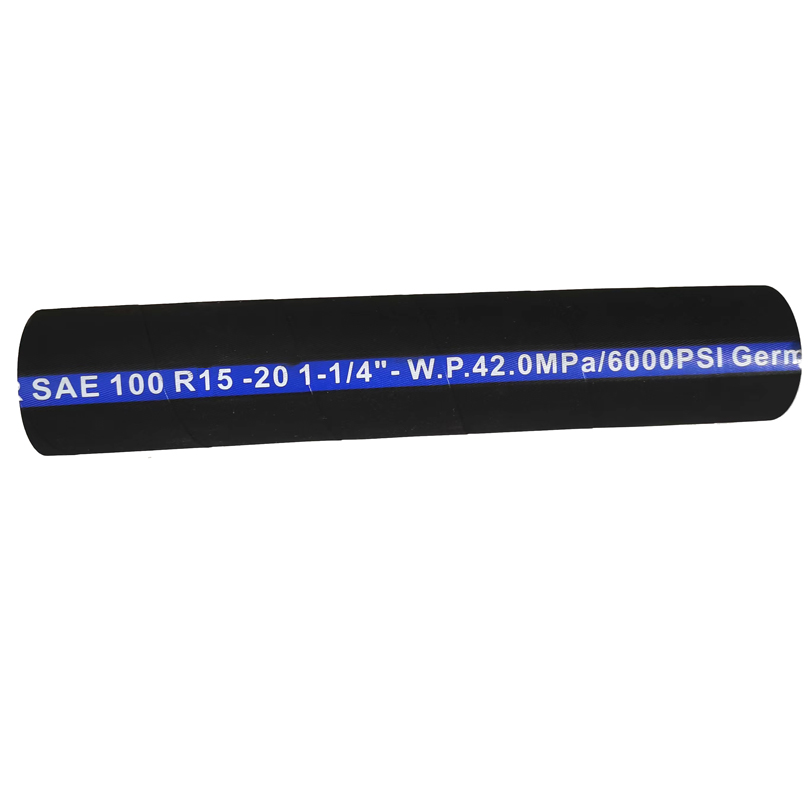335345435
Pro . 11, 2024 10:37 Back to list
Exploring Various Categories of Hydraulic Connectors and Their Applications
Different Types of Hydraulic Fittings
Hydraulic systems play a pivotal role in various industries, driving machinery and equipment through the transmission of pressurized fluids. A crucial component of these systems is hydraulic fittings, which ensure safe, efficient, and leak-free connections between hydraulic hoses, pipes, and other components. Understanding the different types of hydraulic fittings is essential for anyone involved in the design, maintenance, or operation of hydraulic systems.
1. Types of Hydraulic Fittings
Hydraulic fittings come in various types, each designed for specific applications and hydraulic environments. The primary categories include
- Reusable Fittings These fittings can be disassembled and reassembled multiple times. They are typically used with hydraulic hoses and can be advantageous when making adjustments or repairs. Reusable fittings are available in different styles, such as crimp fittings and compression fittings.
- Permanent Fittings In contrast to reusable fittings, permanent fittings are designed for one-time use. They are usually crimped or welded onto hoses or tubes, providing a secure and robust connection. Permanent fittings are ideal for applications where reliability and high pressure are critical.
- Quick Connect/Disconnect Fittings These fittings allow for fast and easy connections and disconnections without the need for tools. Often found in mobile hydraulic equipment, quick connect fittings enhance efficiency by enabling swift attachments and detachments, minimizing downtime during maintenance or operation.
2. Materials of Hydraulic Fittings
The material from which hydraulic fittings are made significantly affects their suitability for specific applications
. Common materials include- Steel High-strength steel is typically used for hydraulic fittings because of its durability and resistance to hydraulic pressures. Steel fittings are often plated, such as with zinc, to enhance corrosion resistance.
- Stainless Steel For applications that require higher corrosion resistance, stainless steel fittings are preferable. They are commonly used in environments exposed to moisture or chemicals, ensuring longevity and performance.
different types of hydraulic fittings

- Brass Brass fittings are more common in lower-pressure hydraulic systems. While they are not as strong as steel or stainless steel, they offer excellent corrosion resistance and are often used in plumbing and automotive applications.
- Aluminum Lightweight and non-corrosive, aluminum fittings are ideal for applications where weight reduction is crucial. However, they are typically used in lower-pressure applications due to their lower strength compared to steel.
3. Thread Types
Another significant aspect of hydraulic fittings is the thread types, which dictate how fittings connect and seal. The most common thread types include
- NPT (National Pipe Tapered) NPT fittings are widely used in hydraulic systems due to their self-sealing properties. The tapered threads create a tight seal with each turn, making them suitable for high pressure.
- BSP (British Standard Pipe) Similar to NPT, BSP fittings are used internationally and come in tapered (BSPT) and parallel (BSPP) designs. They are popular in Europe and the Commonwealth nations.
- JIC (Joint Industrial Council) JIC fittings are widely used in hydraulic applications, characterized by a 37-degree flare at the connection. They provide a leak-free seal and are easily connected and disconnected.
4. Applications of Hydraulic Fittings
The applications of hydraulic fittings are vast, spanning across different sectors including construction, automotive, agriculture, and manufacturing. They are used in machinery such as excavators, tractors, and assembly lines, providing the necessary connections for hydraulic fluid transfer.
Conclusion
In summary, understanding the different types of hydraulic fittings, their materials, and thread types is essential in optimizing hydraulic systems for various applications. Each fitting type serves a unique purpose, and selecting the appropriate fitting can greatly influence the efficiency and reliability of hydraulic operations. When designing or maintaining hydraulic systems, proper knowledge of fittings ensures performance that meets the operational demands.
-
SAE 100 R17 Black Smooth Cover Hydraulic Hose
NewsMar.07,2025
-
SAE 100 R17 Black Smooth Cover Hydraulic Hose
NewsMar.07,2025
-
SAE 100 R17 Black Smooth Cover Hydraulic Hose
NewsMar.07,2025
-
SAE 100 R17 Black Smooth Cover Hydraulic Hose
NewsMar.07,2025
-
SAE 100 R17 Black Smooth Cover Hydraulic Hose
NewsMar.07,2025
-
steel wire braided hydraulic hose
NewsMar.07,2025



